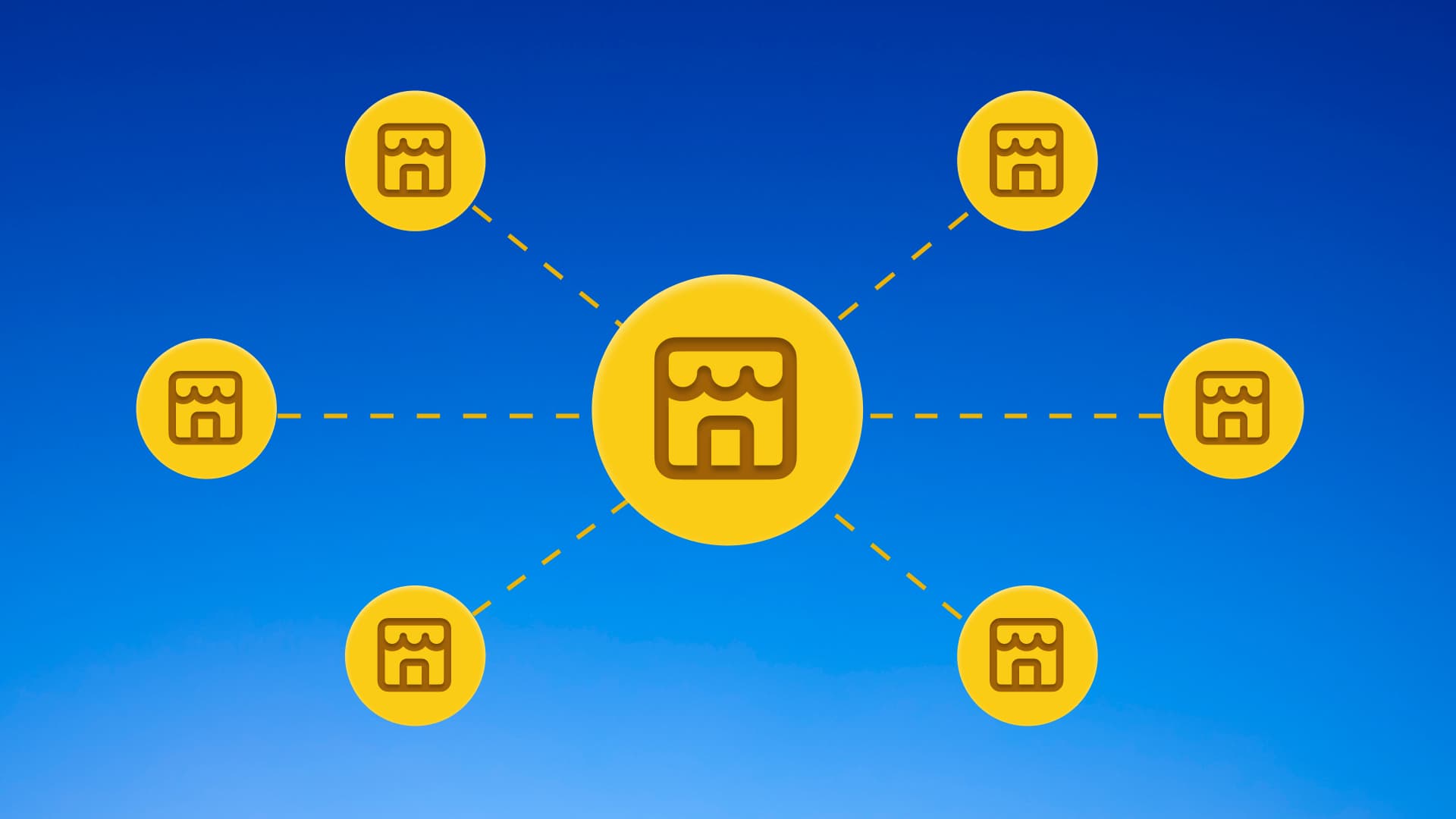New
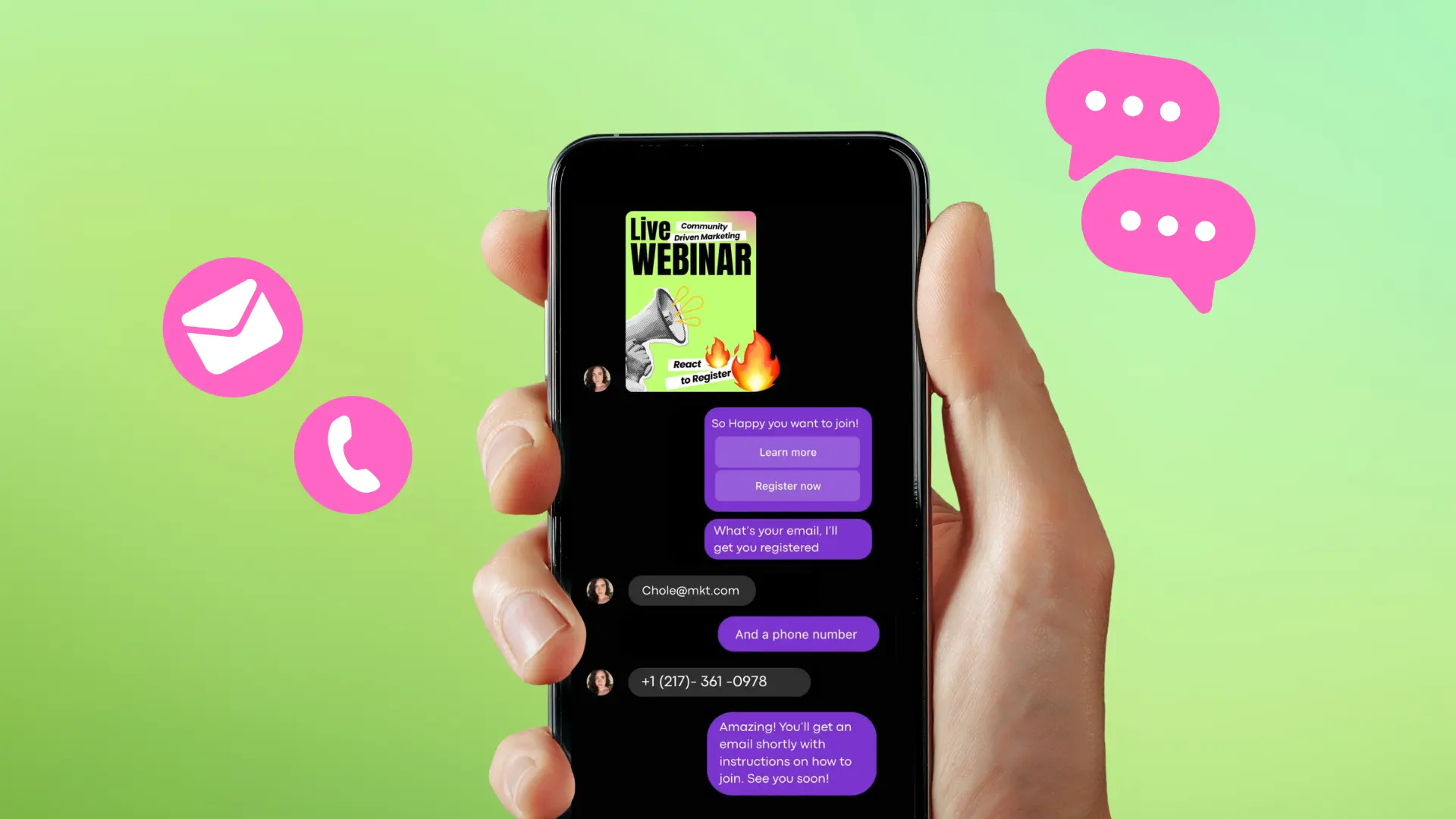
Turn Your DMs Into Lead Gen!
Learn how to collect lead data from your DMs such as email addresses, phone numbers, and more right from your social inbox. If you are not yet automating your DMs your competitors are outpacing you.
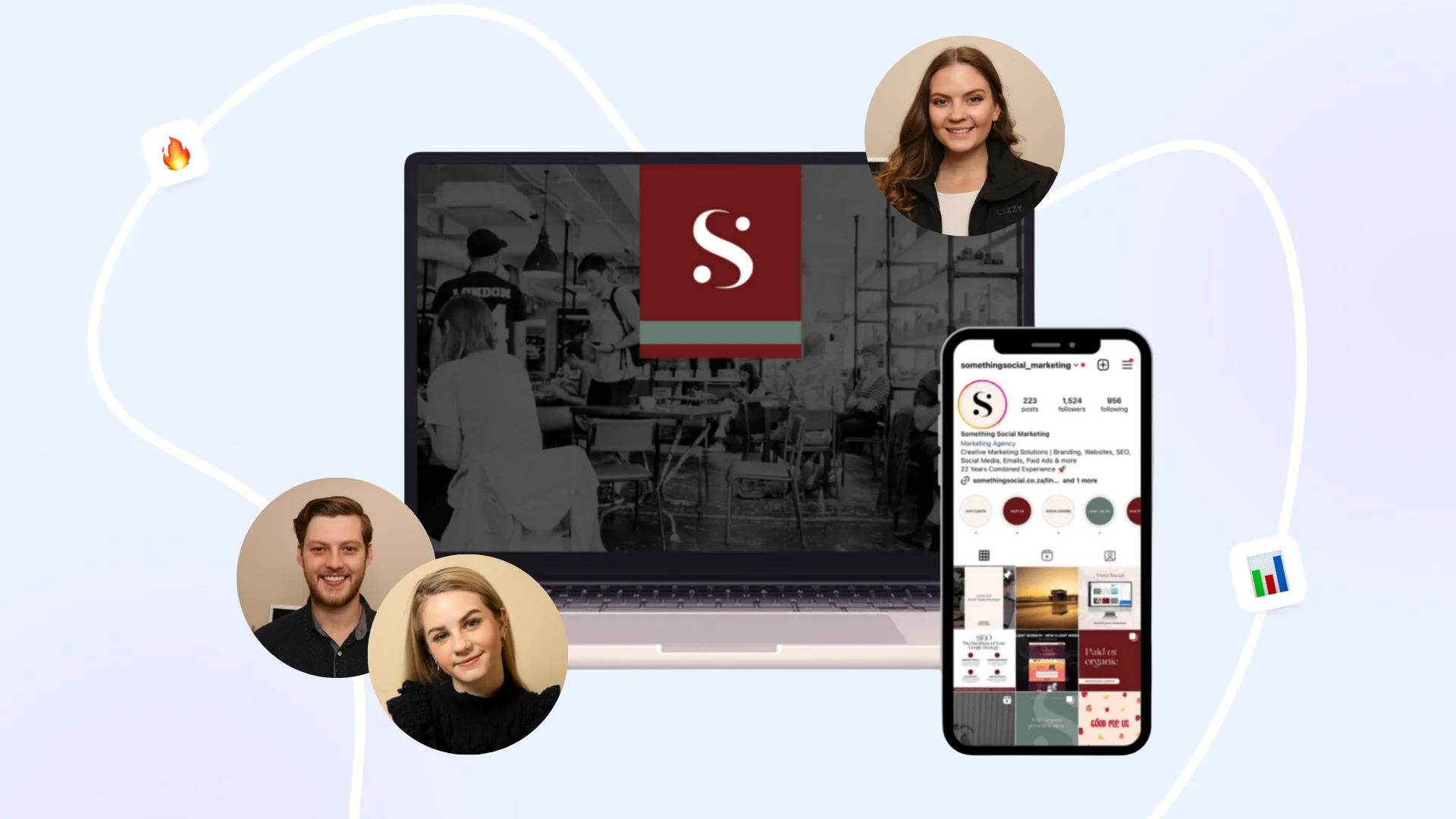
How Something Social Saved 75% of Their Time and Increased Revenue by 15%
See how a fast-growing agency improved operations, cut down hours of manual work, and unlocked new revenue opportunities with Vista Social.
New
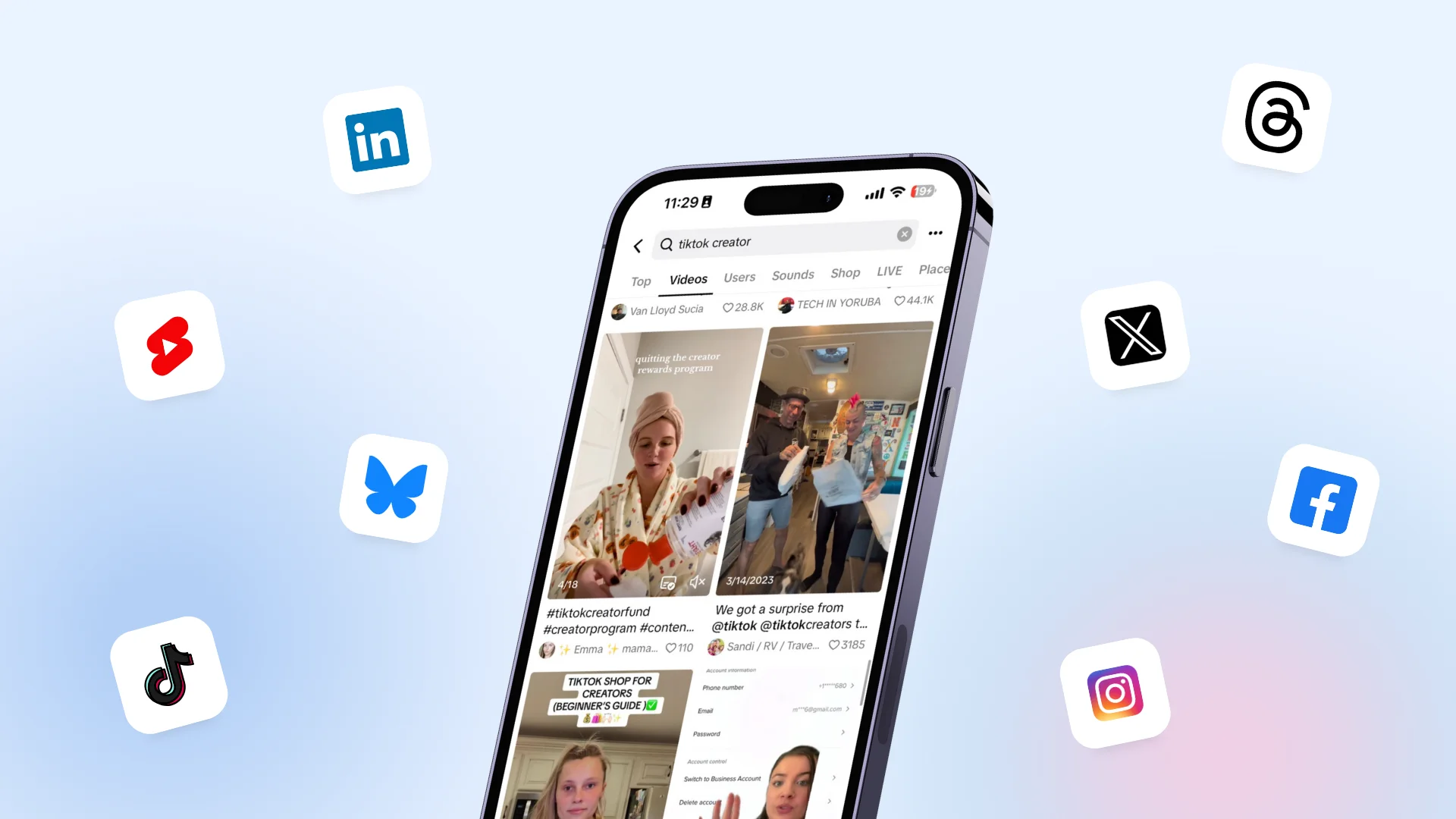
50 Unique Social Media Ideas for Consistent Content Creation
Discover 50 unique social media post ideas to engage your audience, grow your brand, and maintain a consistent content strategy with ease!
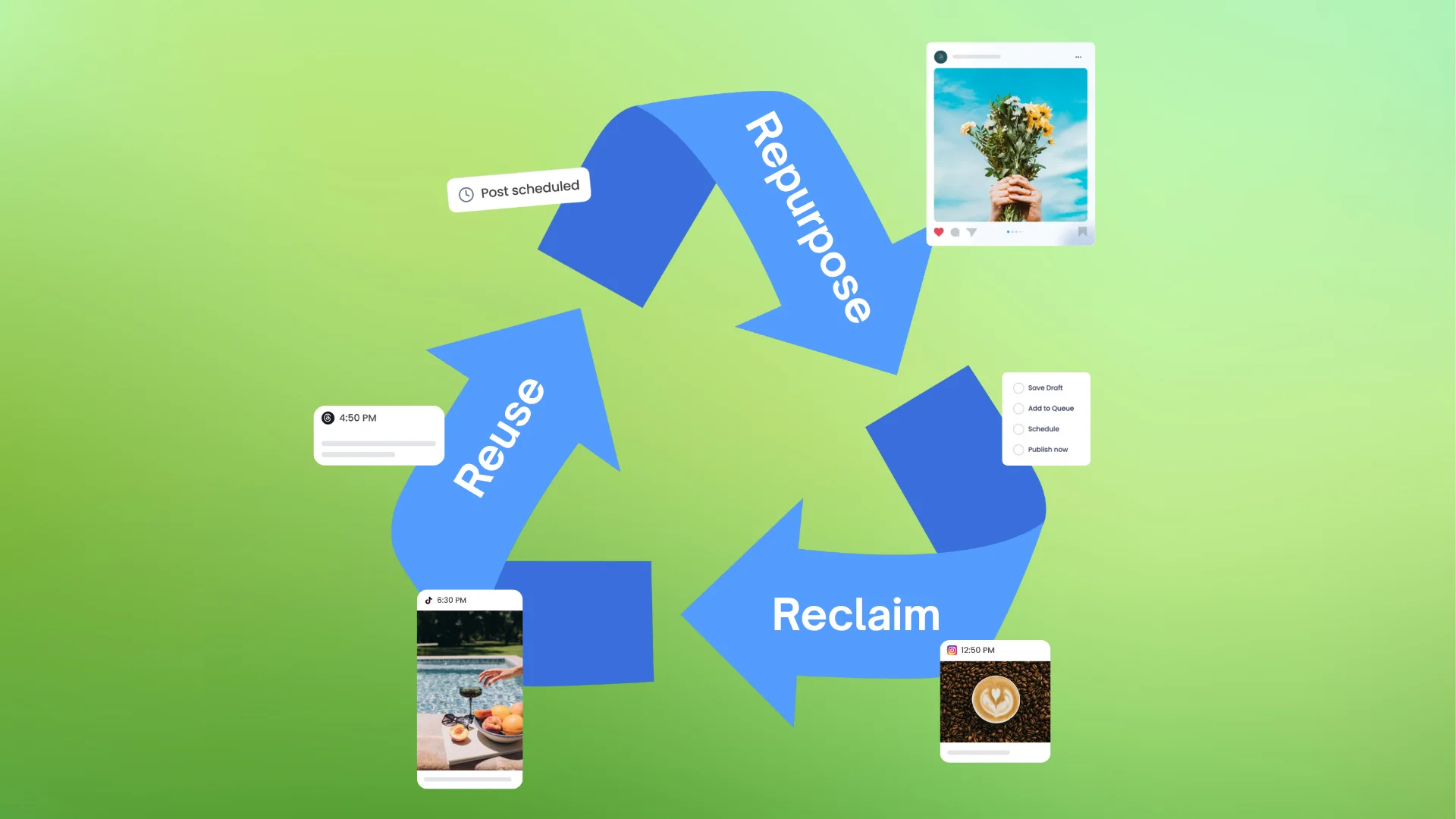
Mastering Content Reuse: The Key to a Consistent and Sustainable Posting Strategy
Published on October 1, 2025
8 min to read
Facebook Reels vs. Instagram Reels: Which Delivers Better Results?
Summarize with AI
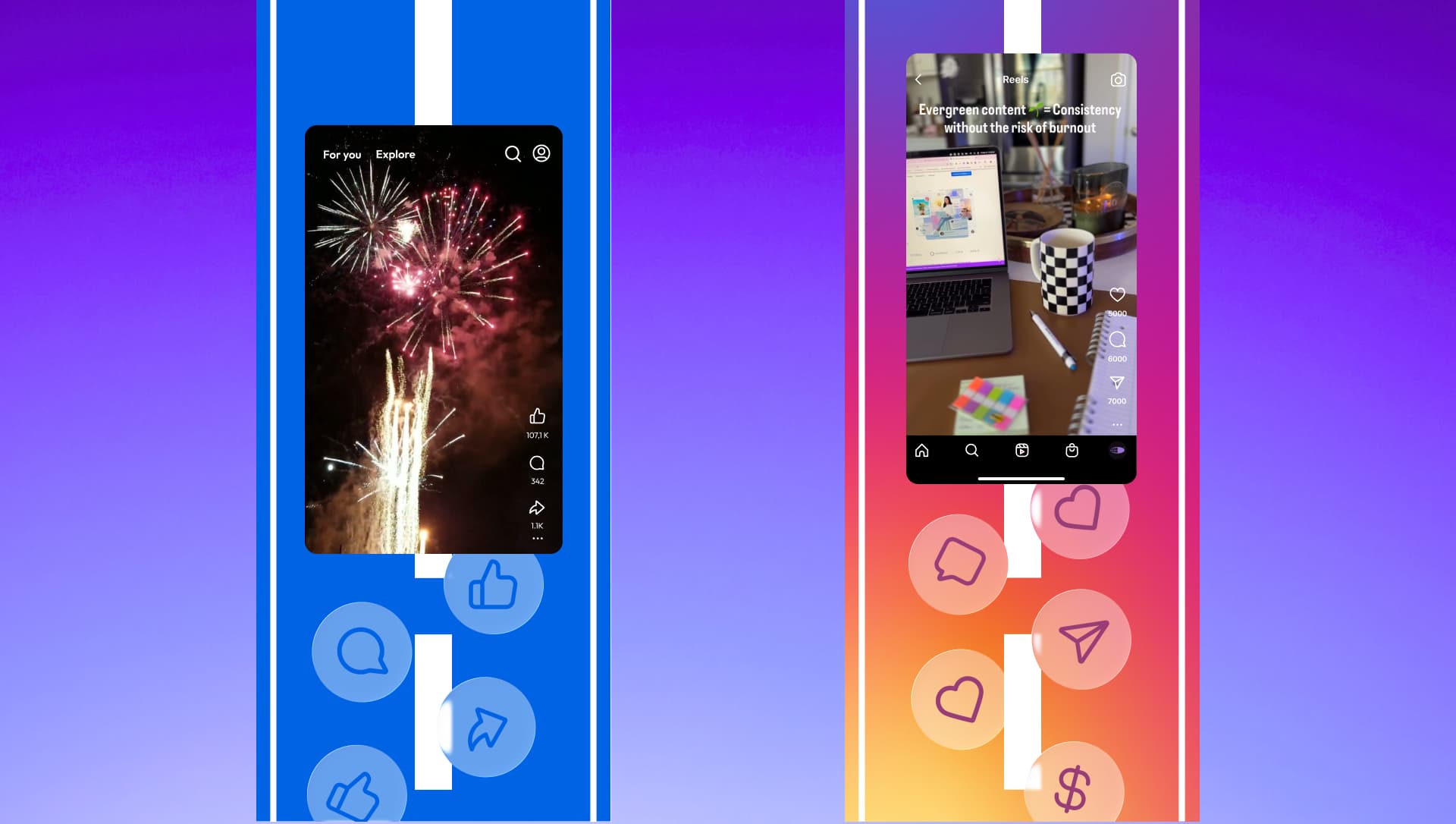

Table of Content

The saying “the bigger, the better” doesn’t apply to social media anymore—especially when it comes to content. Long-form videos once dominated, but short-form video has now become the preferred format for audiences.
In fact, surveys show that 78% of consumers prefer short-form videos when searching for products, proving just how powerful this format has become. To meet this demand, Meta has made a strong push with Facebook Reels vs. Instagram Reels, positioning them at the center of its short-form video strategy.
Still, many marketers face a tough decision: should they focus on Facebook Reels or Instagram Reels?
Each platform offers unique audiences, styles, and opportunities, making it essential to understand their differences before investing time and resources.
This blog will break down Facebook Reels vs. Instagram Reels, covering their pros, cons, similarities, and differences so you can decide which platform works best for your social media strategy.
Table of contents
What are Instagram Reels?
Instagram Reels are short-form, vertical videos designed to be engaging, entertaining, and easy to share. With creative editing tools, music, and effects, they have become one of the most interactive formats on the platform.
Reels play a central role in boosting discovery, encouraging interaction, and driving trends. Their entertaining nature makes them highly shareable, enabling creators and brands to reach a wider audience and participate in cultural moments across Instagram.
Creators use Reels to showcase talents, share expertise, and join trends to grow their audience, while brands use them to highlight products, share stories, and connect with communities. Together, they make Reels a powerful tool for authentic engagement and visibility.
Instagram Reels pros
- The majority of internet users are teens, making it a strong platform for engagement, especially when targeting the younger demographics
- Access to a wide range of trendy audio, effects, and visual tools that capture attention in the fast-paced app environment
- High discoverability through Explore and hashtags, helping content reach wider audiences beyond existing followers
Instagram Reels cons
- Highly competitive environment with many creators and brands fighting for visibility
- The algorithm favors consistent posting, requiring ongoing effort to maintain reach and engagement
- Limited organic reach without tapping into trends, making it harder for unique content to stand out
What are Facebook Reels?
Facebook Reels are short-form, vertical videos up to 90 seconds long, designed for mobile-first viewing. They allow creators and brands to share engaging, visually rich content with music, effects, and creative tools.
Like Instagram Reels, they tap into the popularity of snackable video content while offering strong opportunities for engagement across Facebook’s massive user base.
Facebook Reels play a key role in Meta’s push into short-form video, directly competing with platforms like TikTok. By integrating Reels into Facebook’s main feed, groups, and Watch tab, Meta encourages broader content discovery while keeping users engaged within its ecosystem.
While Instagram Reels often focus on trends, aesthetics, and younger demographics, Facebook Reels are positioned to reach a broader and more diverse audience.
They lean toward community-based engagement, giving brands a chance to connect not only through entertainment but also by tapping into Facebook’s existing networks, groups, and older demographic segments.
Facebook Reels pros
- Facebook’s large user base provides access to a wider, older, and more diverse global audience
- Strong integration with groups and community sharing, boosting engagement
- Despite its size, the platform’s niche variety results in less competition than Instagram Reels, making it easier to stand out
Facebook Reels cons
- Engagement levels can differ significantly depending on the region and demographic, making it less predictable for brands trying to reach a global audience
- Since Facebook is less trend-driven compared to platforms like Instagram or TikTok, creating content that spreads rapidly and gains mass visibility can be challenging
- Many Facebook users may not prioritize short-form video, which can restrict organic reach and require additional promotion or paid strategies to gain traction
Facebook Reels vs. Instagram Reels: Key similarities and differences
They may both be under Meta and share similarities in format and features, but Instagram Reels and Facebook Reels serve slightly different purposes within the ecosystem.
While both focus on short-form, engaging video content, their audiences, positioning, and overall impact differ. It’s also worth noting that Reels can be cross-posted between platforms, and Facebook often shares Reels originally posted on Instagram.
However, the strongest strategy is to tailor content for each platform’s unique audience and culture rather than relying solely on cross-posting.
Audience
We all know Facebook is a bigger platform than Instagram. With its massive size, Facebook naturally has a larger potential audience, but numbers alone don’t tell the full story. The platform’s age demographics play a big role in understanding where your target audience spends their time.
- Facebook: Often seen as the older sibling, Facebook has a broader audience that leans toward older demographics. The platform is more family, and community-oriented, making it well-suited for content that focuses on connection, sharing, and group engagement.
- Instagram: In contrast, Instagram is the younger, trendier sibling, attracting a predominantly younger demographic. It thrives on visually driven, fast-paced content, making it ideal for brands that want to connect with Gen Z and Millennials through creative storytelling and trends.
Algorithm and reach
Publishing a Facebook Reel is often set to a public audience by default, allowing your content to be seen by people outside of your follower list. This makes it easier to reach new viewers and expand visibility across the platform.
On Instagram, Reels can also reach beyond your followers through the Reels tab, Explore page, and hashtags, but the initial distribution is more closely tied to your existing audience. As a result, gaining traction on Instagram may require stronger use of trends, sounds, and engagement strategies to push content to non-followers.
Performance metrics
When comparing Facebook Reels vs. Instagram Reels, it’s not just about reach—it’s also about how performance is measured. Each platform highlights different engagement signals, shaping how content spreads and resonates with audiences.
Try Vista Social for Free
A social media management platform that actually helps you grow with easy-to-use content planning, scheduling, engagement and analytics tools.
Get Started NowLet’s break down the key performance metrics for both.
Facebook Reels
- More shares across networks: Content is often shared among friends and communities, giving it a wider organic spread
- Strong integration with groups and communities: Reels can circulate within interest-based groups, helping brands and creators connect with highly targeted audiences
- Cross-post reach across the platform: Reels benefit from Facebook’s ecosystem, appearing in feeds, and sometimes within group discussions, boosting overall visibility
Instagram Reels
- Stronger likes, comments, and saves: Engagement is more focused on direct interactions with the content, reflecting its appeal and quality
- Aesthetic and trend-driven interactions: Success often depends on creativity, trending sounds, and visually appealing content that aligns with Instagram’s culture
- Ideal for building brand image and identity: Reels are a powerful tool for showcasing personality, style, and branding in a way that resonates with younger audiences
Ad opportunities and monetization
When it comes to advertising and monetization, Facebook Reels and Instagram Reels take different approaches.
Facebook previously offered in-stream and overlay ads, but Meta has paused enrollment and is shifting to a new Content Monetization Program. Still in testing and invite-only as of late 2024, this means most businesses have limited ways to monetize Reels until the full rollout in 2025.
Instagram, on the other hand, provides more active monetization options. Businesses can run Reels ads, partner through branded content, or use Instagram Shops to tag products directly in their videos, enabling in-app shopping—a feature not available on Facebook.
In terms of ROI, Facebook Reels are better suited for mass reach and awareness campaigns, particularly among a broader, older demographic. Instagram Reels, meanwhile, deliver stronger results for engagement, brand-building, and direct sales thanks to its trend-driven culture and shoppable features.
Content style and brand perception
On Facebook, Reels that lean into community-driven, informal, and family-oriented content tend to perform better. The platform’s audience often responds more positively to relatable, everyday videos that feel authentic rather than overly polished.
This makes Facebook Reels a strong fit for brands that want to focus on storytelling, conversations, and building connections within groups or communities.
Instagram, on the other hand, thrives on polished, aesthetic, and trend-led content. The platform has built its identity around creativity and visual appeal, so Reels that are sleek, stylish, and in tune with the latest trends capture more attention.
This makes it a better space for brands looking to highlight their visual identity, tap into pop culture, and connect with younger audiences who value design and innovation.
Analytics and reporting
Instagram provides more in-depth analytics through Creator Studio, offering detailed insights into content performance, audience engagement, and growth trends. This makes it easier for creators and brands to refine their strategy and track which Reels resonate most with their audience.
Facebook, by comparison, leans more toward group and community-focused reporting. The platform highlights how content circulates within groups, pages, and networks, giving a better sense of community-driven engagement rather than purely aesthetic performance.
However, Vista Social takes this a step further by unifying both platforms into a single dashboard. This eliminates the need to switch between Instagram and Facebook, allowing marketers to analyze performance, track engagement, and manage strategies more efficiently in one place.
Strategies to succeed with Reels on both platforms
Both Facebook and Instagram have unique audiences, algorithms, and content styles, but when looking at Facebook Reels vs. Instagram Reels, using them together can unlock stronger reach and engagement.
By tailoring content to each platform’s strengths, brands can deliver better results and connect with a wider range of users. Use these tactics to get started:
- Repurpose Reels across both platforms, but tailor captions and hashtags to match each platform’s culture and audience expectations
- Use platform insights to measure and compare results
- Experiment with posting times unique to each audience to maximize visibility and engagement
- Leverage trends differently—focus on trending sounds and aesthetics on Instagram, while emphasizing community-driven topics and shareable stories on Facebook
- Measure beyond views by tracking likes, shares, comments, saves, and conversions to better understand ROI
Facebook Reels vs. Instagram Reels: Which is right for you?
When it comes to short-form content, both Facebook Reels and Instagram Reels play a major role in Meta’s ecosystem. While they share the same format, their differences in audience, content style, and engagement make them valuable in unique ways.
Facebook Reels are better suited for community-driven, broad audience interactions, while Instagram Reels excel with polished, trend-led content that resonates with younger demographics.
The real advantage comes from combining both.
By testing strategies across Facebook Reels vs. Instagram Reels, brands can identify where their content performs best, adapt based on insights, and maximize results. Tailoring captions, hashtags, and posting times for each platform ensures stronger engagement, while measuring beyond views helps track true ROI.
With Vista Social, you can schedule, publish, and measure Reels performance across Facebook and Instagram in one place—making it easier to grow your presence and connect with audiences on both platforms.
Facebook Reels vs. Instagram Reels FAQs
Can I post the same Reels on Facebook and Instagram?
Yes, you can repurpose the same Reels across both platforms. However, it’s best to tailor captions, hashtags, and even posting times to match each platform’s audience and engagement style.
Which platform has better monetization options?
Instagram currently offers more established monetization tools, such as product tagging and branded content. Facebook has been testing new monetization programs, but access is still limited, making Instagram the stronger choice for now.
How do I measure the success of my Reels?
Look beyond views—track engagement metrics like likes, comments, saves, and shares, as well as conversions if your goal is sales or sign-ups. Tools like Vista Social make this easier by providing unified analytics across both platforms.
Should I invest more in Facebook Reels or Instagram Reels?
It depends on your audience and goals. Facebook Reels are better for community-driven, broad demographic reach, while Instagram Reels excel with younger, trend-driven audiences. The best strategy is to test both and adapt based on performance.
About the Author
Content Writer
Content writer and copywriter with over 2 years of experience, specializing in VSL scriptwriting. I’ve worked with various brands to create compelling content. Passionate about storytelling that connects and converts. Loves cats, poetry, and skincare
Read with AI
Save time reading this article using your favorite AI tool
Summarize with AI
Never Miss a Trend
Our newsletter is packed with the hottest posts and latest news in social media.
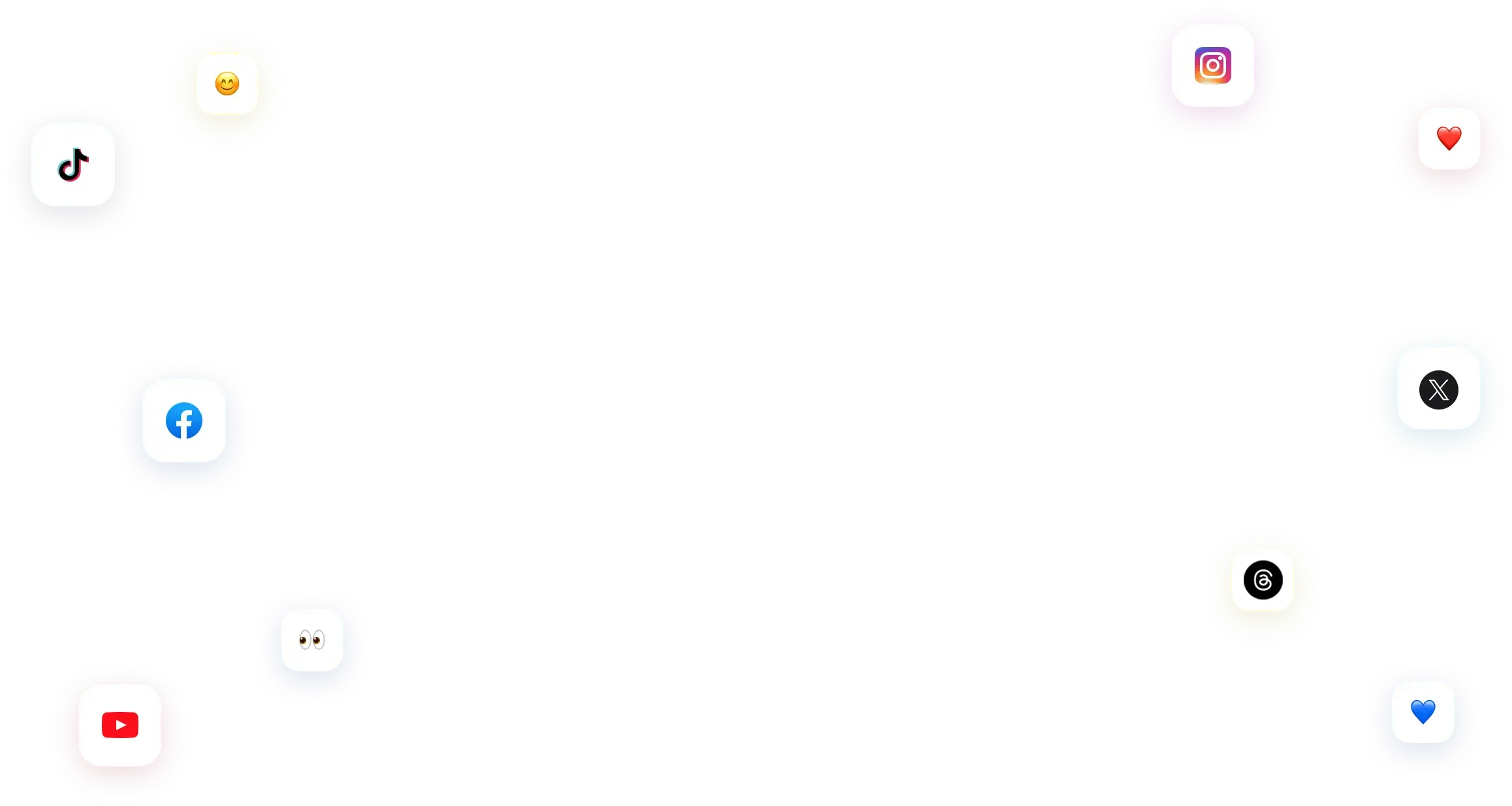
You have many things to do.
Let us help you with social media.
Use our free plan to build momentum for your social media presence.
Or skip ahead and try our paid plan to scale your social media efforts.
P.S. It will be a piece of cake 🍰 with Vista Social
Subscribe to our Newsletter!
To stay updated on the latest and greatest Social Media news. We promise not to spam you!




